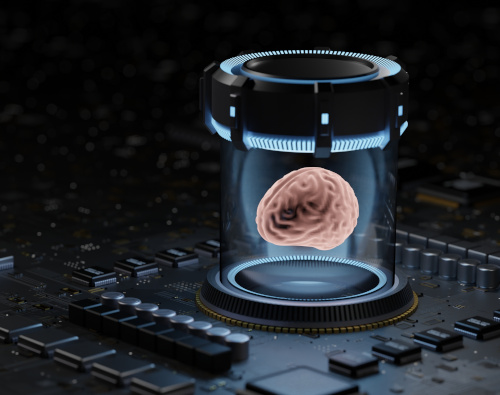
K-12 school systems are facing a “perfect storm” of challenges today.
The pandemic has put students well behind in their education, with millions of children achieving below grade level in reading and math. The only way to accelerate their learning and get them back on track is to work with each child individually. Yet, at the same time, schools are facing a historic teacher shortage—and third-party tutoring services aren’t able to fill the tremendous need for one-on-one instruction.
Fortunately, there is a solution available that can address this confluence of challenges. Before I describe the solution, however, it’s worth exploring each of these challenges in more detail.
The need for learning recovery
Despite the best efforts of teachers and administrators to maintain instruction during the early stages of the pandemic, millions of students fell behind in the shift to remote learning. A lack of access to digital devices and home broadband access, distractions in learning from home, technical glitches, and unfamiliarity with online teaching and learning best practices are just some of the factors that made remote learning less effective than in-person instruction, especially for students in under-resourced communities.
A study by the Brookings Institution of data from 5.4 million U.S. students in grades 3-8 revealed that reading and math test scores dropped significantly from fall 2019 to fall 2021. In fact, COVID’s effects on math learning were more significant than the effects of Hurricane Katrina’s disruption to learning for New Orleans students. What’s more, the learning gaps between students attending low-poverty and high-poverty elementary schools grew by 20 percent in math and 15 percent in reading during this two-year period, Brookings found.
If you’re a teacher or administrator on the front lines of education, this isn’t news. You know just how much your own students need to progress to get back to grade-level achievement—and you know, too, that this won’t happen without significant intervention.
Overburdened teachers
Research suggests that high-dosage, one-on-one tutoring is the most effective strategy for learning recovery. For instance, by working with students individually as they solve math problems, giving them real-time feedback, seeing where they might be making a mistake, and prompting them with the correct step or strategy, educators can accelerate students’ understanding of key math concepts.

